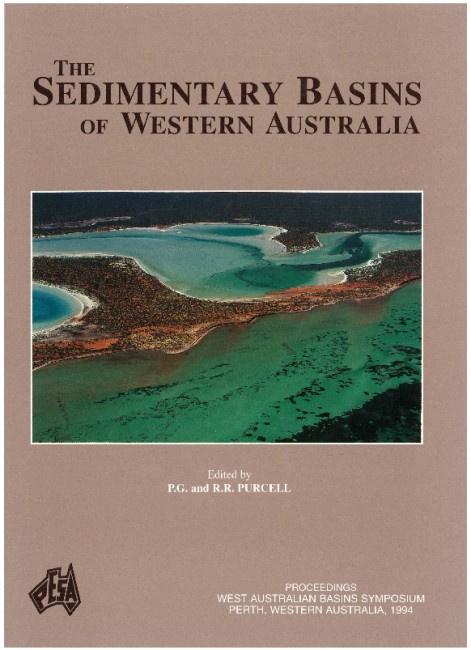Publication Name: The Sedimentary Basins of WA
Authors: Stuart McCracken
Publication Volume: 1
Date Published: July 1994
Number of Pages: 24
Reference Type: Book Section
Abstract:
The Admiral Bay Fault Zone (ABFZ) was initiated in the earliest Ordovician (Tremodocian) as extensional faults on the northern margin of a half graben, the Willara Sub-basin. Growth of the ABFZ ceased during the late Early Ordovician when thermal subsidence began. Mild inversion commenced during the Late Silurian-Early Devonian, leading to transpressional reactivation of the ABFZ. Three major phases of dissolution of the Mallowa Salt greatly affected the depositional geometry and structure of the Permian and Mesozoic sedimentary succession.Four phases of hydrocarbon migration into the ABFZ have been identified. The initial migration followed the onset of stylotisation and dolomitisation associated with the beginning of burial diagenesis in the Middle to Late Silurian. The main reservoir for these first-phase hydrocarbons was the upper Nita Formation. Introduction of epigenetic fluids during transpressional re-activation of the ABFZ in the Late Silurian-Early Devonian resulted in the degradation of the initial hydrocarbon during base-metal mineralisation. Hydrocarbons were also introduced with these metalrich epigenetic fluids. A third phase of migration is related to burial alteration of the epigenetic dolostones. This hydrocarbon was degraded by meteoric waters introduced either at the base Grant unconformity or the base Jurassic unconformity. The last phase of hydrocarbon migration occurred in the Cretaceous-Tertiary, and was sourced from algal coals in the OrdoviGian Bongabinni Formation. This accounts
for the majority of the live oil encountered along the ABFZ.
The Nita Formation, which hosts significant basemetals and minor hydrocarbons along the ABFZ, is subdivided
into two new members, the Leo Member and the Cudalgarra Member.


